Post-Accident Drug Testing for DOT Employees
Get fast, accurate results for DOT post-accident drug tests (as well as for other non-DOT agency drug and alcohol testing procedures) by choosing CCM.
Why Choose DOT Post-Accident Testing Services with CCM?
The U.S. Department of Transportation (DOT) holds commercial driver’s license (CDL) drivers—or drivers who operate a commercial motor vehicle (CMV) in safety-sensitive functions—to high standards. That means that CDL drivers must undergo post-accident drug testing to remain in DOT compliance when they are involved in a moving violation that results in bodily injury or a human fatality.
In these cases, time is of the essence as the window of detectability for many substances drastically decreases each hour after the accident. At CCM, we can help arrange collection of urine specimens at the scene of the accident or within hours of the accident for the following tests:
- Post-Accident Alcohol Testing
- Post-Accident Drug Testing
Other DOT drug tests we perform for CDL drivers in safety-sensitive functions include:
- Pre-Employment Drug Testing
- Random Testing
- Reasonable Suspicion Testing
- Return-to-Duty Process Testing
- Follow-Up Testing
Post-Accident Testing FAQs
What Does a DOT Urine Test Screen For?
A DOT urine test screens for the following substances and/or their metabolites:
- Marijuana (THC)
- Cocaine
- Opiates/opioids
- Amphetamines
- Phencyclidine (PCP)
DOT also uses urine tests as part of its alcohol testing programs.
How Far Back Can a DOT Drug Test Detect Substances?
A DOT test uses urinalysis, or urine samples, to detect potential accident-causing substances. The time frame for detection is different for each substance.
While various factors will affect detectability, the following are generally accepted as the time windows for detection using urinalysis for the following substances:
- Marijuana (THC) – up to 30 days after last use for chronic users
- Cocaine – up to 3-4 days after last use
- Opiates/opioids – up to 5 days after last use
- Amphetamines – up to 3 days after last use
- Phencyclidine (PCP) – up to 8 days after last use
- Alcohol – up to 5 days after last use
Should Post-Accident Testing Be Conducted as Soon as Possible But No Later Than 32 Hours After the Incident?
The U.S. Department of Transportation states that the time frame to test a surviving driver for drugs is as soon as possible, but not later than 32 hours after the incident. The time frame for an alcohol test is as soon as possible, but no more than 8 hours after the incident.
Why Do Companies Drug Test After an Accident?
A post-accident drug test is a standard part of DOT regulations to determine if drug or alcohol use could have caused the accident.
What Happens If a Test Shows a Non-Negative Result?
If a screening returns with non-negative alcohol and drug test results, the samples will be sent to a medical review officer (MRO) at an HHS-certified laboratory. There, the MRO will confirm the results and consult with both the employee and their doctor to determine if there is a legitimate medical reason for non-negative results.


